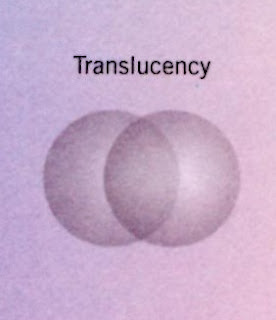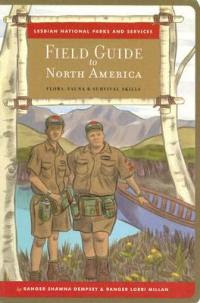At the heart of stasis is repetition. À l'image-temps.
A poem should be motionless in time
As the moon climbs
[…]
A poem should be motionless in time
As the moon climbs
This is what having seen the loop of planes crashing into skyscrapers has revealed again — there is a standing still in the
jetztzeit. For us, finding Benjamin's notion in the repeated lines
Archibald MacLeish's
Ars Poetica.
How very interesting about the punctuation (or lack thereof). In the anthology
The Imagist Poem edited by William Pratt, the lines quoted above from "Ars Poetica" have no punctuation marks at line ending. This for me lends more of the arresting effect when the identical lines are re-encountered in the reading. However, the Poetry Foundation serves a version from the
Collected Poems 1917-1982 (copyright 1985) which version groups the stanza in sections and offers variant punctuation.
A poem should be motionless in time
As the moon climbs,
Leaving, as the moon releases
Twig by twig the night-entangled trees,
Leaving, as the moon behind the winter leaves,
Memory by memory the mind—
A poem should be motionless in time
As the moon climbs.
The Poetry Foundation also offers a
facsimile of its publication in the June 1926 edition of
Poetry magazine where the lines are punctuated differently (and no grouping of the stanzas) …
A poem should be motionless in time
As the moon climbs;
[…]
A should be motionless in time
As the moon climbs.
Pratt included in the Imagist anthology a version from
Collected Poems by Archibald MacLeish 1917-1952 (copyright 1954).
So my stasis-as-repetition comment rests on but one version of a poem that exists in multiple versions. One tiny moment caught in the aperture of criticism.
And so for day 1436
18.11.2010


























